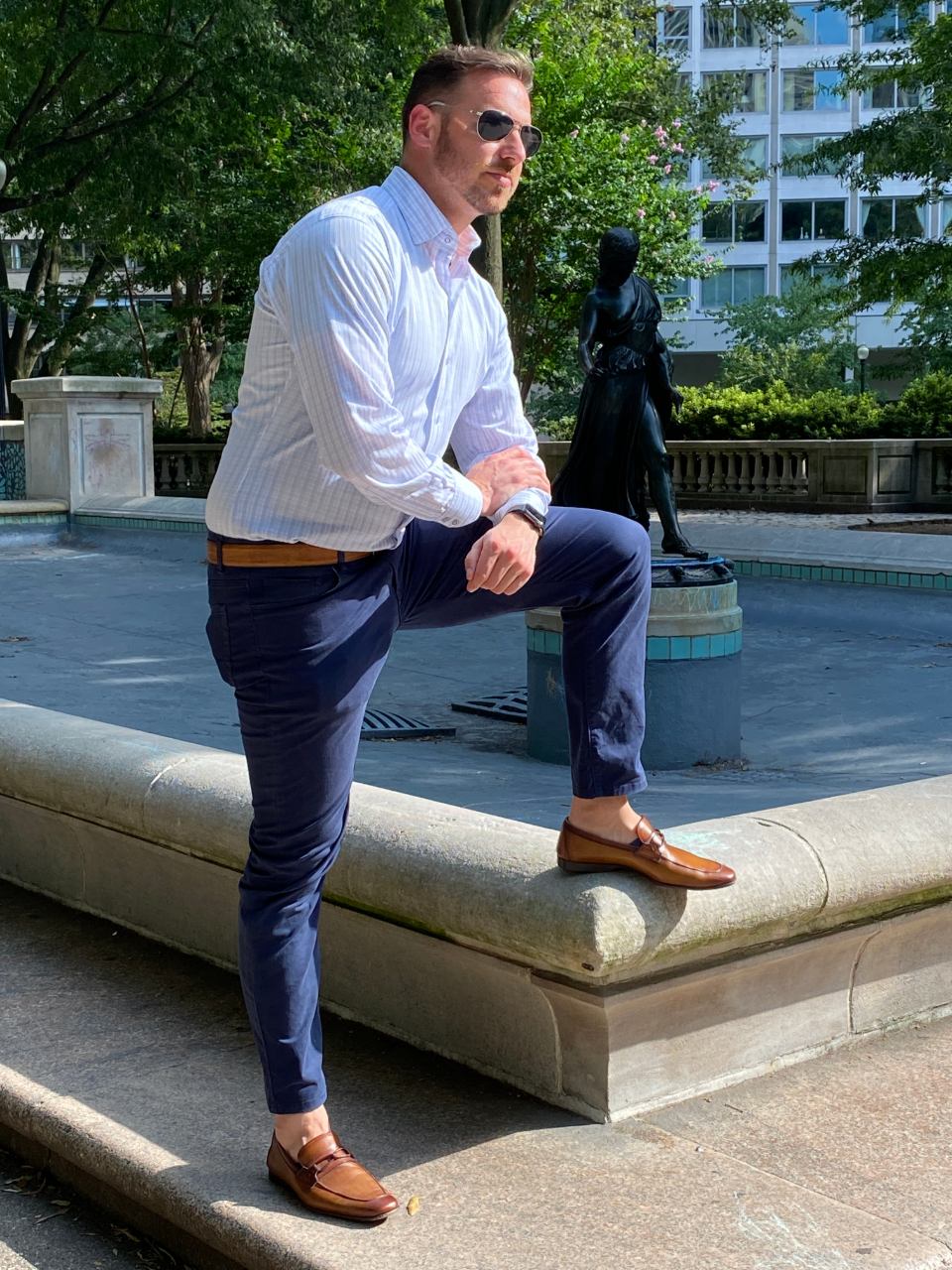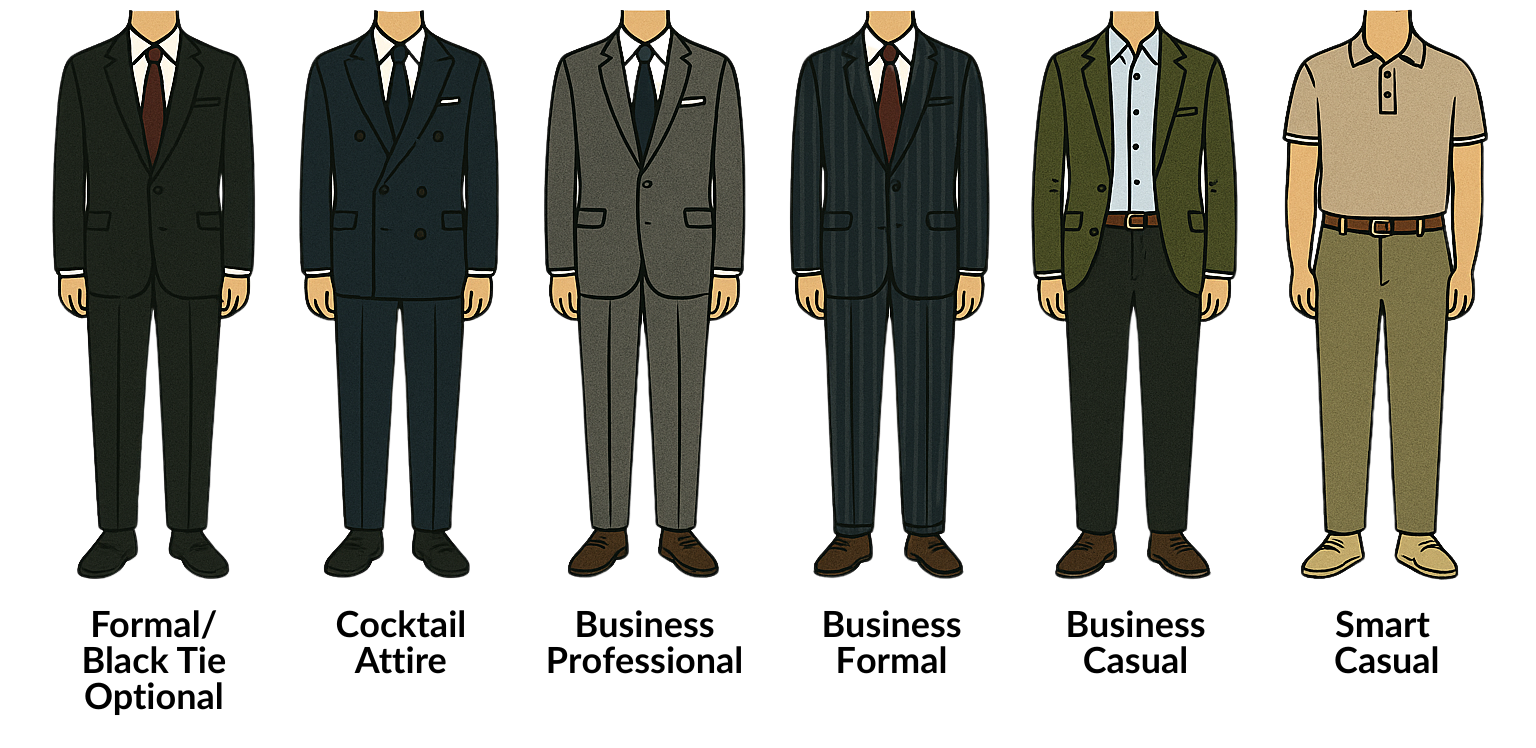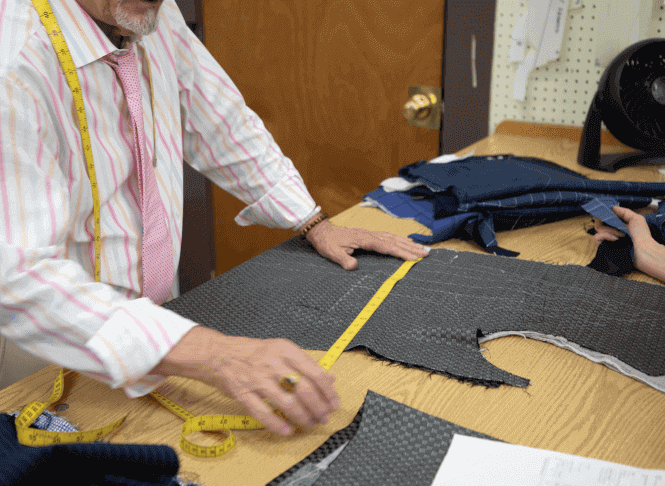“Pull up your pants!” – one of your parents, likely at various points during your childhood.
Clothing mirrors life in that balance and proportion are key to success. If we want to live happy, healthy, successful lives, we need to maintain a healthy balance amongst all the things we want and need to do. You eat some, sleep some, work some, ready, write, do housework – the laundry list goes on (sometimes literally). Looking good in your clothes is no different – everything must be balanced and proportioned to your frame so as to best flatter you. With that in mind, we’ll discuss what “rise” is in this post.
Pant Rise

First, we need to define our terminology: what exactly is “rise?” Simply put, rise is the word we use to describe where you wear your pants relative to your natural waist. It also refers to a specific measurement we take to determine how high up your custom trousers will sit relative to your waist.
This is a good time to note that a lot of men have been misinformed as to where their waists are. Ready-to-wear casual pants have had low rises for years now, and they typically use only two measurements: a waist and an inseam. A Levi’s 32 x 34, for example, means the jeans have a 32″ waistband and a 34″ inseam (that these measurements are often false is problematic, but beside the point for the purposes of this post).
Where Is Your Waist?
Because we see the word “waist” (which really refers to the measurement of the pant’s waistband), we tend to assume that the pants sit at or around our body’s waist. In the cases of most casual pants like jeans or chinos, this is actually untrue – these pants sit around your hips.
Our body’s waist – which we refer to as its “natural waist” – is actually much higher than your hips. In fact, it’s closer to your belly button than anything. Feel the fleshy part of your torso just underneath your ribcage – this is your natural waist, and proper dress trousers tend to live just below this area.
Low Rises, High Rises, & Body Types
 Low rise pants have been very popular for nearly twenty years, which happens to correspond with the continuing “casualization” of our dress codes. Low-rise pants sit on or even below the hips. Higher-rise pants, on the other hand, have waistbands that sit closer to the natural waist, typically about an inch below the navel.
Low rise pants have been very popular for nearly twenty years, which happens to correspond with the continuing “casualization” of our dress codes. Low-rise pants sit on or even below the hips. Higher-rise pants, on the other hand, have waistbands that sit closer to the natural waist, typically about an inch below the navel.

To paint with broad brushstrokes, low-rise trousers are better for taller men, and high-rise trousers are better for shorter men. This is because higher-rise pants have the visual effect of lengthening legs and therefore making the wearer appear taller. Tall men don’t necessarily need this – they’re already tall and don’t need any help in that regard. Short men, on the other hand, benefit from some leg-lengthening.
This is particularly true of suits – when pants have the correct rise, they work with the jacket to create a continuous, unbroken line. This helps shorter men mitigate their lack of height and maintains an overall clean presentation.
While personal preference plays a role in a man’s pant rise, our aim is always for something that balances him well and looks appropriate for the garment itself. If we’re making jeans, sure, make them with a low rise, regardless of your height, if that’s your thing. On the other hand, we don’t suggest 1930’s-grandpa-height rises that nearly hit the chest.
As with everything in life, balance is key.
Conclusion
We’re always happy to talk about clothes. Ready to get a better hold of your image? We’re here to help. Give us a call at 215-310-0219 or email info@henrydavidsen.com to start a conversation. In the meantime, enjoy these other image and style posts:



